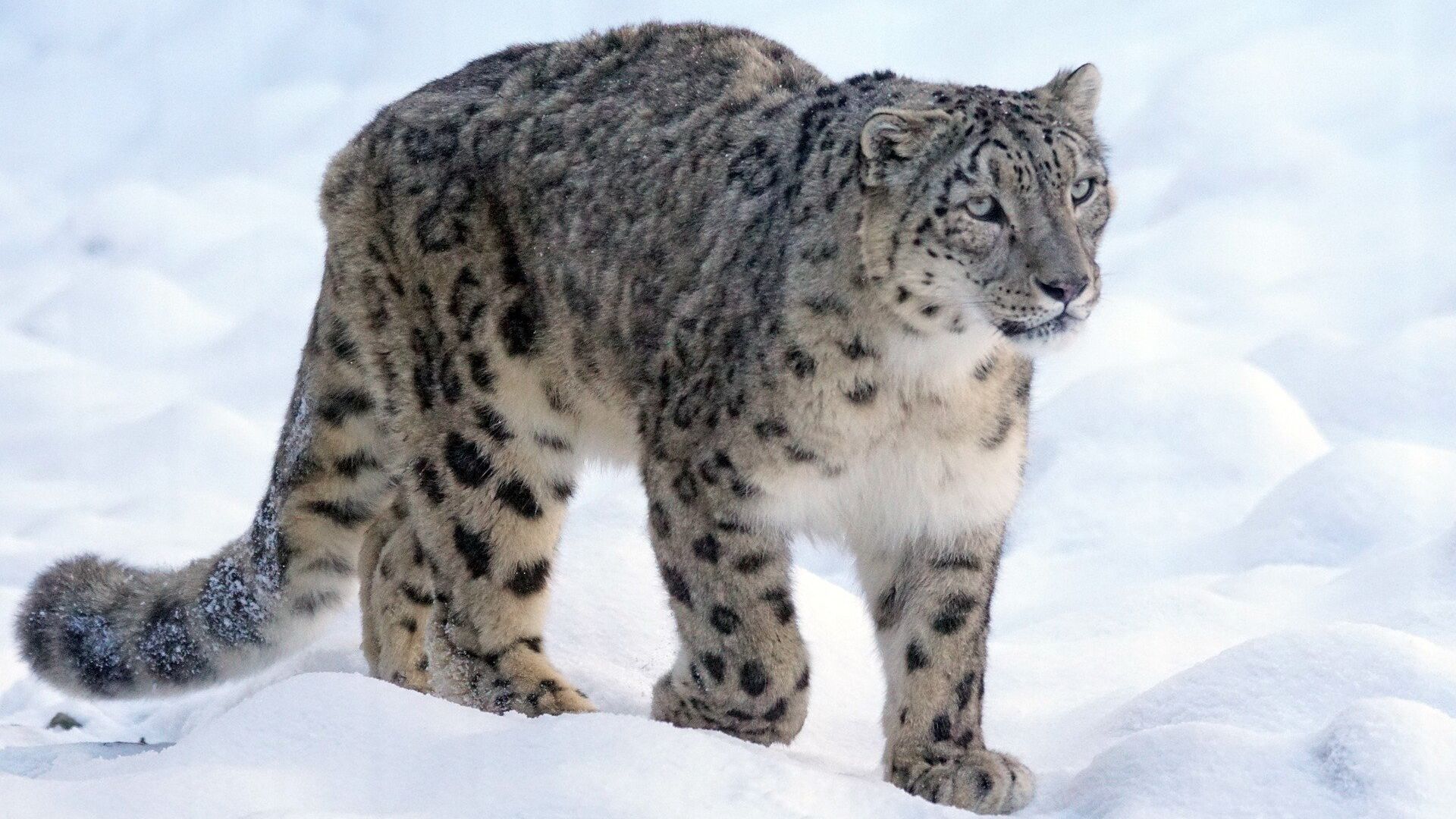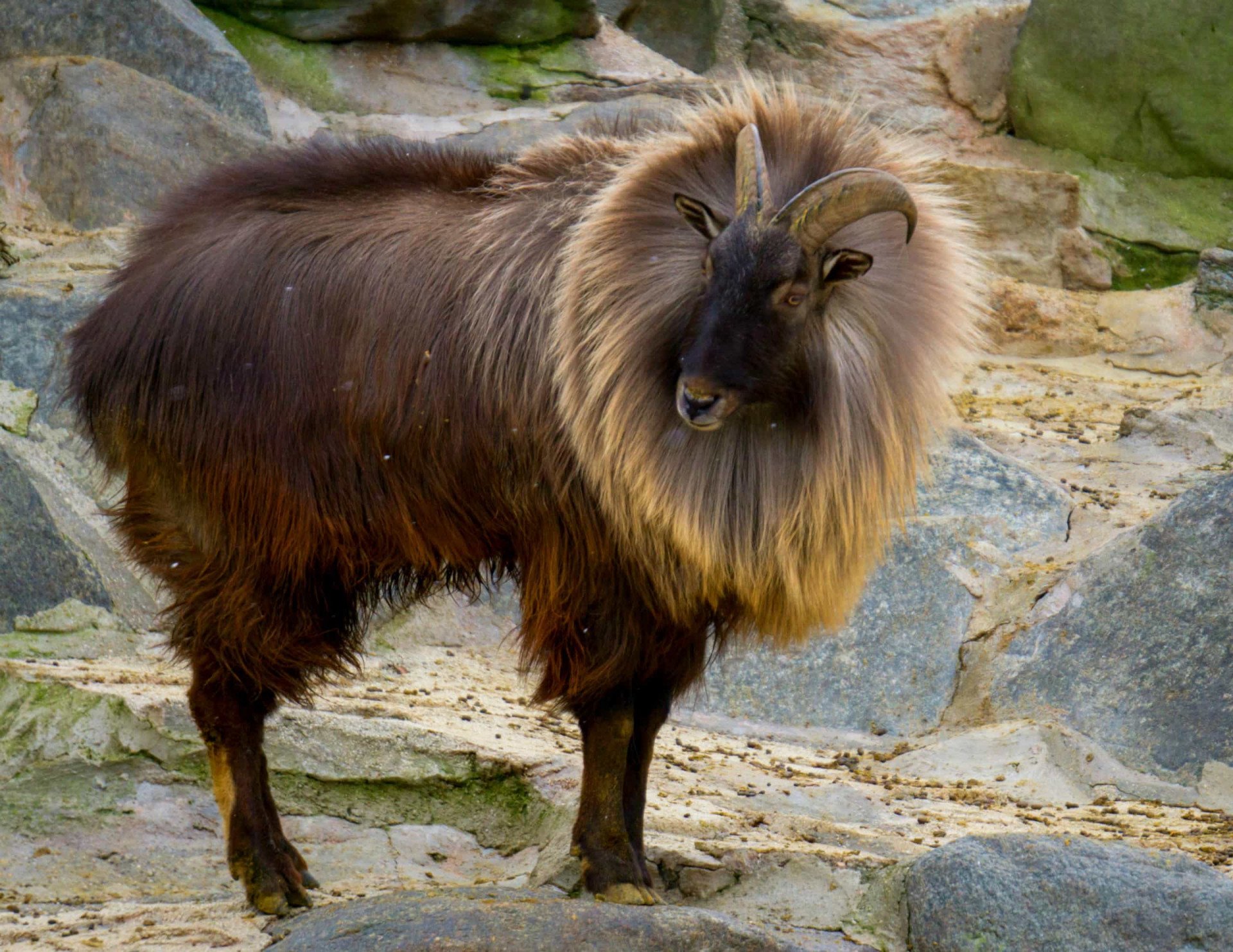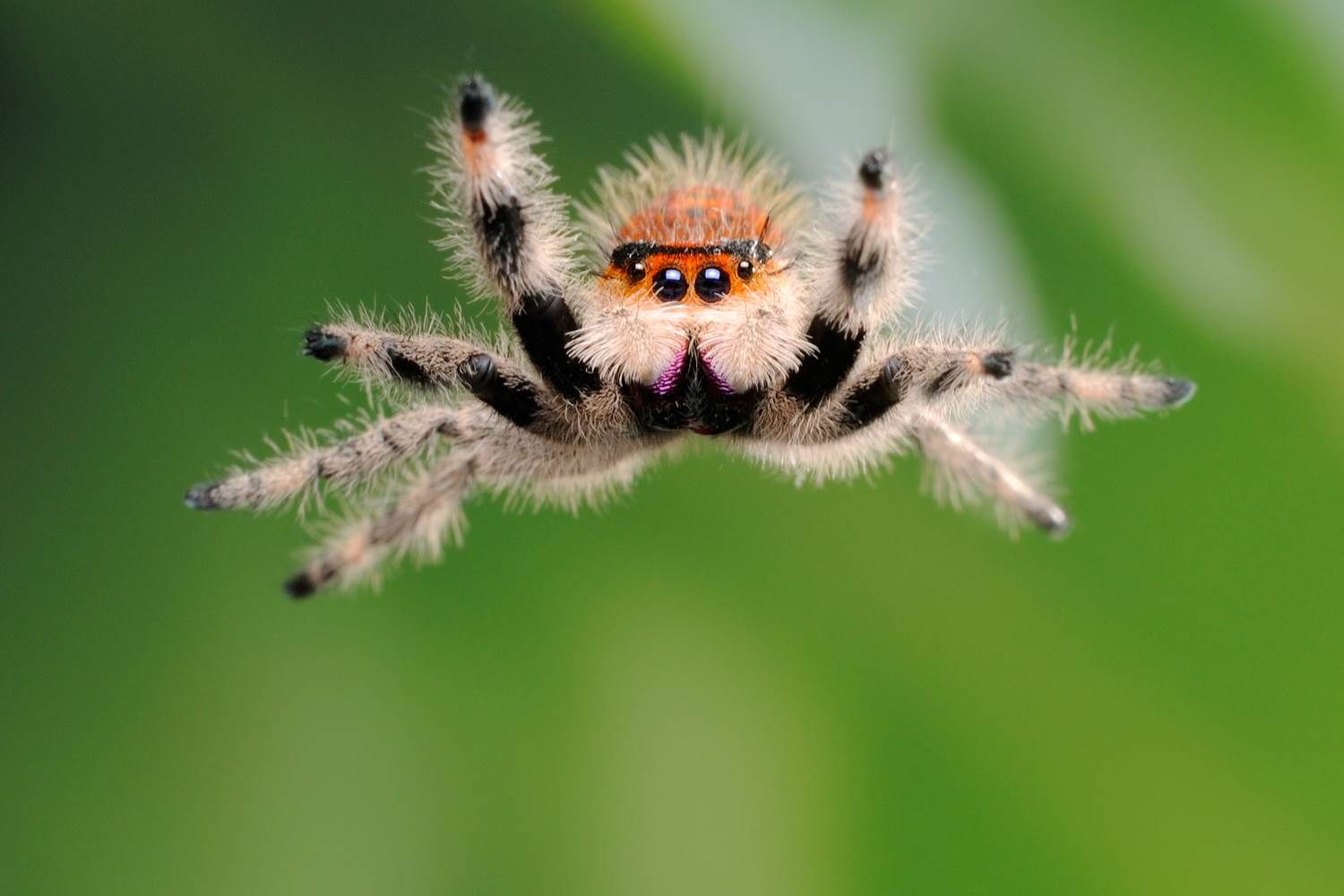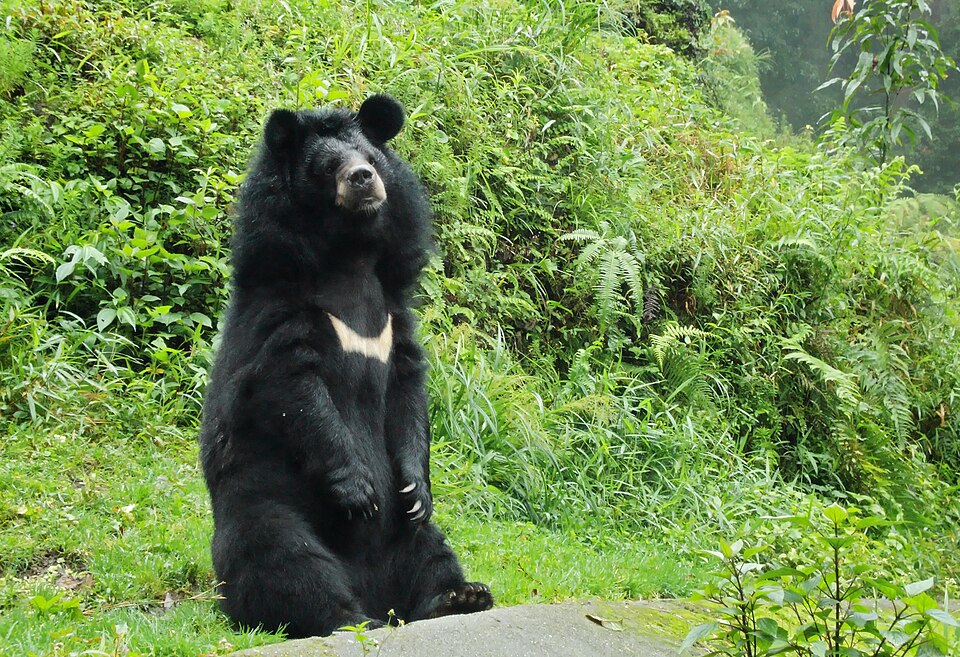Can you believe that despite the icy grip and dead terrain of the roof of the world, i.e., Mt. Everest, life is still able to find its way out. Humans can barely survive in the harsh climate and the given high altitude; however, for some species, this extreme weather is the ideal spot for habitation.
Among the numerous secrets that Mount Everest holds, the existence of wildlife at 5000 m high is one of them, and we are aware of it. Some of these animals can live up to 16,000 ft and more, but they are hardly visible to passersby.
While being inhospitable to humans, the extremes of nature, dramatic landscapes and the harsh conditions amount to nothing for some of the rare wildlife and plant species on the iconic Mount Everest. With the magic of Mother Nature, these flora and fauna were able to uniquely adapt to one of the most dangerous climates in the world and survive, despite the environmental challenges on Earth.
Let's talk about some of these iconic species that are crucial in maintaining the mountain ecosystem and demonstrating the miracle of adaptability in one of the world's most challenging environments.
What animals live on Mount Everest?
Due to severe cold, limited oxygen levels and barren terrain, animals here face immense challenges and risks for survival. These animals possess incredible physical and behavioral adaptation abilities to face these challenges.
Usually these animals exhibit similar traits such as dense and waterproof fur-coated bodies, strong feet, exceptional respiratory systems and seasonal migration patterns according to the changing seasons.
Here are 5 Exotic Wild Animals that Live in the Extreme Altitudes of Mount Everest:
Snow leopard:

Local name: Hiu Chituwa
Scientific name: Panthera Unica
Habitat Range: 3,000m to 5,500m
Snow Leopard, also known as “Ghost of the mountains,” is one of the endangered animals of Nepal, with its population decreasing rapidly due to loss of habitat and poaching activities by humans. They stay away from human settlements and avoid people by hiding in wild regions with deep snow, and now there are only a total of approximately 6,000 of them, so it is rarely seen in the area.
The existence of these Snow cats was first discovered in the 1960s when a local sherpa residing in a village right below Everest base camp came across them. Ever since then, other locals and visitors have also claimed their encounter with the animal. They usually habitat in areas with rocky cliffs, near Alpine Meadows and snowfields of Sagarmatha National Park.
These big cats are also called “The Apex Predator of Everest,” hunting animals like Himalayan tahr, Blue sheep and smaller mammals as well. Their undetectable camouflage helps them to remain invisible in the rocky, snowy terrain and hunt easily.
Snow Leopards are well-equipped with incredible physical features to survive in the harsh conditions of Mt Everest, such as thick camouflaged fur for insulating their body, large, shaped nasal cavities to warm up the cold air, large paws for traction, strong legs with exceptional climbing skills and a long, powerful tail for balancing and warmth.
Now that it's on the verge of extinction, it is revered by Himalayan communities and often featured in Buddhist symbolism as a part of cultural significance in the Mountain region. It is under the IUCN (International Union for Conservation of Nature) Red List and is considered vulnerable due to the lack of conservation efforts.
Himalayan Tahr:

Local Name: Jharal (झराल – Nepali)
Scientific Name: Hemitragus jemlahicus
Habitat Range: 2,500m to 4,500m
Himalayan Tahr is a goat- like herbivorous animal which can be seen commonly on the slopes of Everest. They are crucial to the mountain ecosystem as grazers, and they are the ones who are preyed on by snow leopards. These wild goats are exceptionally agile and sure-footed, which helps them navigate the steepest of slopes with great ease. These characteristics are the result of living in the harsh climate of Mount Everest for years.
They possess key adaptation features such as dense, reddish-brown fur for insulation, strong rubbery hooves for climbing rugged, rocky terrain and backward-pointed horns. They have keen eyesight to detect predators and defend accordingly. The males look apart with their thick coats that keep their bodies warm in the freezing Himalayan climate. These characteristics help them to stroll on the steep mountainsides and dodge predators.
Himalayan Tahr can be as tall as 5.5 ft and weigh up to 85 kg. Male Tahr is comparatively larger than the female, with an average weight of 73 kg or more. Usually, they inhabit steep sections with grassy slopes and graze on Alpine shrubs and grasses for survival. Dhorpatan Hunting Reserve and Sagarmatha National Park are the locations where you can find the Himalayan Tahr.
This wild animal is also red-listed under the IUCN (International Union for Conservation of Nature) as its population is declining due to hunting activities and loss of habitat.
Himalayan Jumping Spider:

Local Name: No known local name
Scientific Name: Euophrys omnisuperstes
Habitat Range: Over 6,700m – among the highest known permanent animal residents; found in rock crevices on Everest
The Himalayan jumping spider is a wild species known among locals as “standing above everything” due to its significant contrast between its size and the place of its habitat. These extremely small insects can survive in extremely cold environments. The lack of oxygen does not bother them, and they can endure high UV radiation as well.
They are rarely seen even by locals because they're tiny and very hard to find. They prey on small insects that are blown up to the mountain by the wind. They usually hunt by ambushing. These small yet fascinating species are known as the highest living permanent resident animal on Earth.
They are so hard to locate that it has not even been evaluated under the IUCN (International Union for Conservation of Nature) Red List due to its extreme environment and limited data for research.
Himalayan Black Bear:

Local Name: Asiatic Bhālu / Himali Bhālu (हिमाली भालु – Nepali)
Scientific Name: Ursus thibetanus laniger (Himalayan subspecies of the Asiatic black bear)
Habitat Range:Typically found between 2,000m and 4,300m
The Himalayan black bear is significantly different and rarer than the normal bears. Even though they are sensitive to cold, they can sustain life in the Himalayas from 10,000 m and even above in tropical forest regions. The distinct pale yellow crescent marking on their chest is part of their identity. Due to the rapid decrease in their population, they are considered uncommon and protected.
Their physical adaptation features include thick fur and fat reserves for hibernation during winter, and during summer, they migrate to warmer areas, which improves their capacity to adapt. They have strong, big claws for climbing trees, digging and eating. These omnivorous animals wander around the forest hunting prey and searching for roots, fruits, insects as well as small animals according to the varied mountain terrain.
They inhabit broadleaf and mixed conifer forests and often wander around the lower regions of Sagarmatha National Park during warmer months. It occasionally enters human settlements when food is scarce, which leads to human-wildlife conflict. Sometimes, the locals and visitors who encounter a Himalayan Black Bear mistake it for the mythical Yeti in folklore since its size and tracks are pretty unusual.
According to the International Union for Conservation of Nature, it has been red-listed as vulnerable to extinction. The major threats to these protected animals include habitat loss, retaliatory killings and illegal export and import of their body parts. Especially,
gallbladders, which are used in making traditional medicine.
Red Panda:

Local Name: Habre (हाब्रे – Nepali)
Scientific Name: Ailurus fulgens
Habitat Range: Found between 2,200m and 4,000m
Red pandas are considered a lesser-known treasure but just as equally fascinating creatures. These endangered species have reddish-brown fur and unique facial markings. They prefer temperate forests with dense bamboo undergrowth in Eastern Nepal and the lower parts of Sagarmatha National Park. They primarily feed on leaves and bamboo and sometimes fruit, insects, lizards, and even bird eggs, according to availability in the surroundings.
While being endangered, they have the cutest appearance and seem less threatening, i.e., the fluffy fur, long bushy tail, and black belly. They have white muzzles, cheeks, eyebrows and ear patterns enhancing their innocent appearance. They have semi-retractable claws and flexible ankles for climbing trees. They are about as big as a domestic cat and look almost similar as well.
They love to sleep, i.e., as much as 17 hours a day, mostly on tree branches or hollows. These fur babies are primarily nocturnal and crepuscular to conserve energy.
Red pandas are also known as the “Fire fox” due to their reddish appearance and agility. They have a shy and elusive nature and are considered a symbol of conservation in eastern Himalayan biodiversity programs. Since they are endangered, many locals have never seen one of them, even in their habitat.
According to the International Union for Conservation of Nature, it is listed as an endangered species. Its existence is threatened by loss of habitat, poaching, fragmented populations and climate change.
For more travel-related information, visit www.ammoniteadventure.com We are delighted to hear your experiences and ideas.
FAQ’s About Animals Living on Mount Everest
How are humans impacting Mount Everest and its flora and fauna?
Human activities, including trekking, tourism and mountaineering, have adversely affected the wildlife around Mount Everest. While tourism is essential for remote areas on mountains like Everest for its development, we should also consider the consequences it brings to the environment.
The human presence disturbs various microorganisms, which can threaten the rare wildlife unknowingly.
Are there conservation efforts made to protect Everest's Biodiversity?
Yes, while it might not be enough in some parts, there are several efforts made to protect the wildlife on Everest, such as Sagarmatha National Park, Anti-poaching Initiatives, Waste Management Campaigns, Community-Based Conservation and Biodiversity Monitoring.
What wildlife is found on Mount Everest?
Mount Everest is a challenge and a great symbol to human beings; however, it is also a home to unique wildlife, such as snow leopards, red pandas, and Himalayan Tahr. Vibrant birds like the Himalayan Monal and the Griffon vulture are settled in this region.
Despite the harshness of Mother Nature, these animals have adapted to survive in the mountain's extreme and demanding environment over the years.
Are there any predators on Mount Everest?
Yes. It is a home to some of the most Apex predators on mountains, such as the Snow Leopard, which usually preys Himalayan Tahr and blue sheep. Himalayan Griffon Vultures, Wolves and Martens are some of the other hunters who hunt smaller prey and lower altitudes.
How do wild plants survive at such high altitudes?
Plants on Mount Everest are not your average plants; they survive by adapting incredibly to the harsh conditions with limited oxygen levels and cold and dry temperatures. The majority of them have slow growth rates, thick cuticles and a deep root system, which allows them to retain moisture and nutrients.
What is Sagarmata National Park?
Sagarmatha National Park is a UNESCO World Heritage site in Nepal, which is home to the highest mountain in the world, Mount Everest and its surrounding ecosystem. This beautiful location is popular for its dramatic and stunning landscapes, rich biodiversity and a vital conservation area for some of the rarest species like the Snow leopard and red panda.
What animals are commonly seen on Mount Everest?
Animals like Himalayan Yaks, Himalayan Monal, Lammergeiers, Choughs, Pikas and Himalayan Marmots are commonly seen on Mount Everest.
When is the best time to observe Mount Everest wildlife?
Spring (Mar to May) and Autumn (Sept to Nov) are considered the ideal times to observe wildlife on Mount Everest. The skies are clearer, and a perfect balance of favorable temperatures allows for the best time to encounter wildlife.


